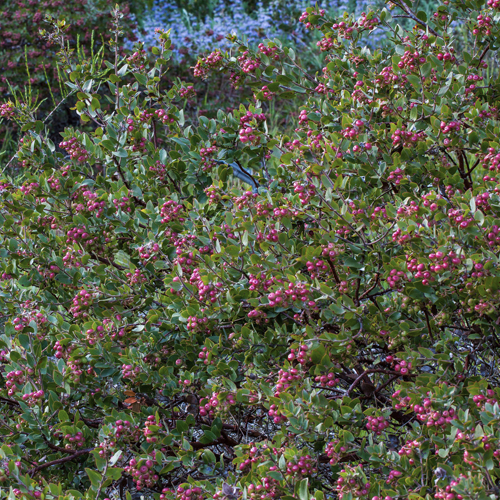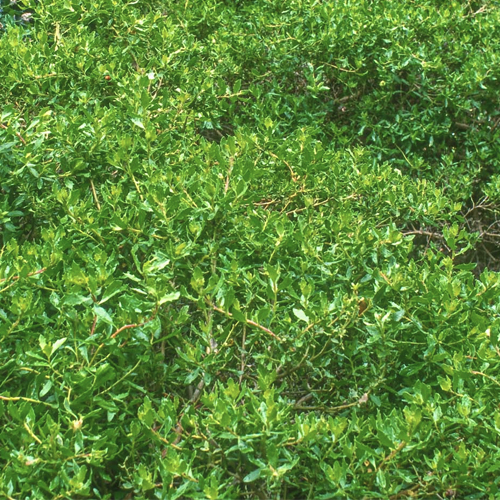Sequoia Park Natives
BACK TO FULL TOUR
Garden Features
Drought Tolerant
Graywater System
California Natives
Pesticide Free
Lawn Conversion
Permeable Surfaces
Wildlife Habitat
If you have an appreciation for natives and a more rustic landscaping aesthetic, look no further than this small, home-grown hillside garden – sustained without the need for potable water!
Unassuming and ‘wild’ at first glance, look more closely and you’ll realize the heart of this garden is truly the homeowner, and his passion for native plants. The green gardening mantra, “right plant, right place” is exhibited here, among the many grassy plant species calling this property ‘home.’ Neighborhood-sourced needlegrass, fescue, and meadow sedge thrive where a small swimming pool once existed, while native honeysuckle wind their way through the trellis archways.
New Plantings & Recycled Nutrients
Sun, shade, soil type, slope, and height at maturity are all taken into account as new plantings are added. New plantings are irrigated exclusively in their first year by hand-hauled gray-water, captured in the shower and transported in re-purposed containers. Local streets and driveways are cleared of oak leaf duff and the sweepings are re-purposed as garden mulch.
Once established, these plantings can thrive on their own, making this garden incredibly low-maintenance (except to thin the new growth, and to weed out the aggressive non-natives in the spring.).
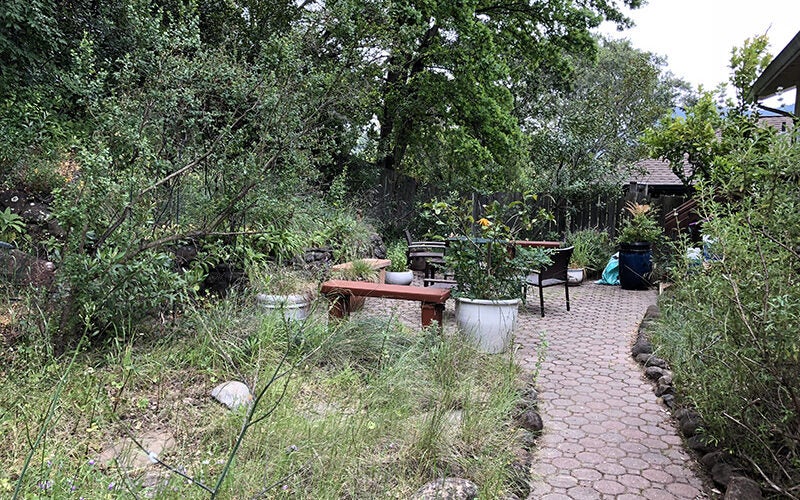
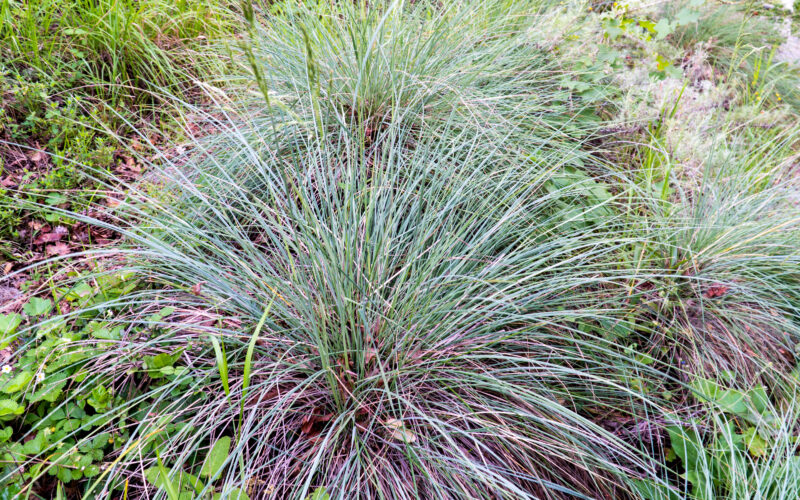
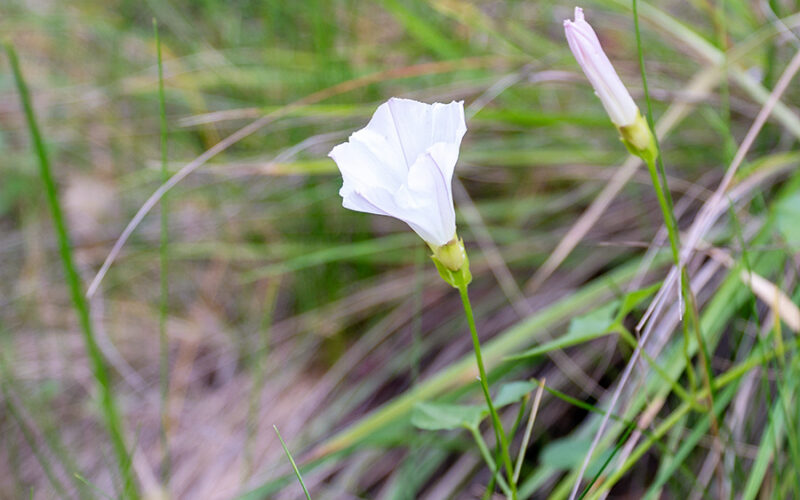
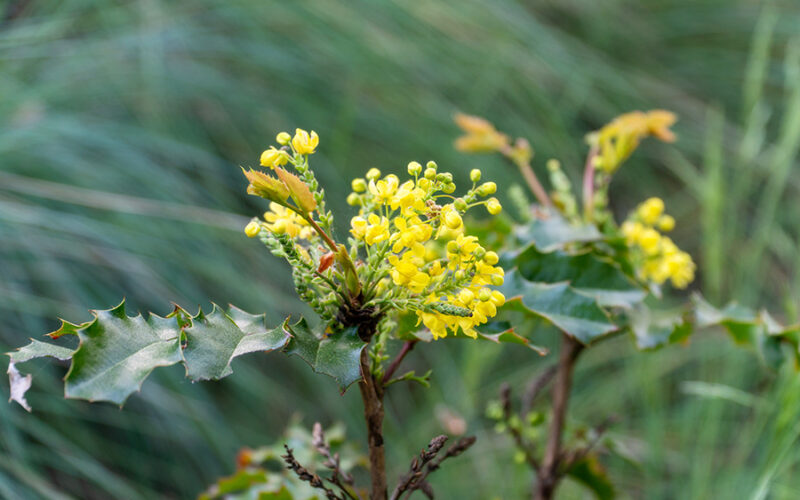
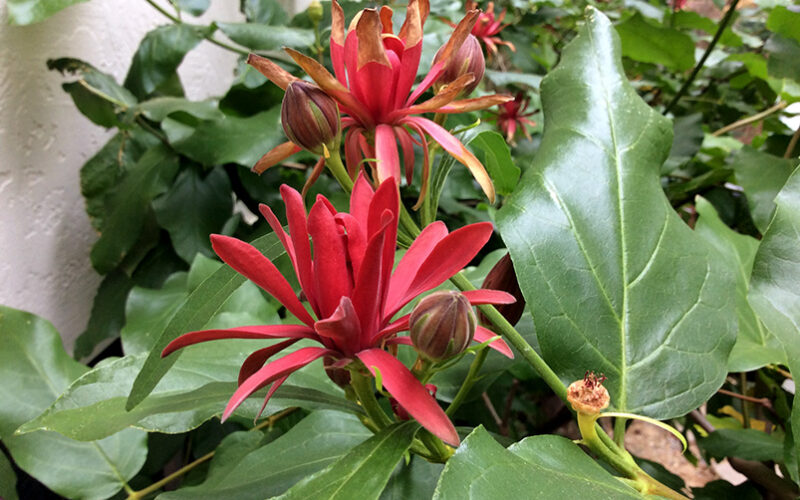
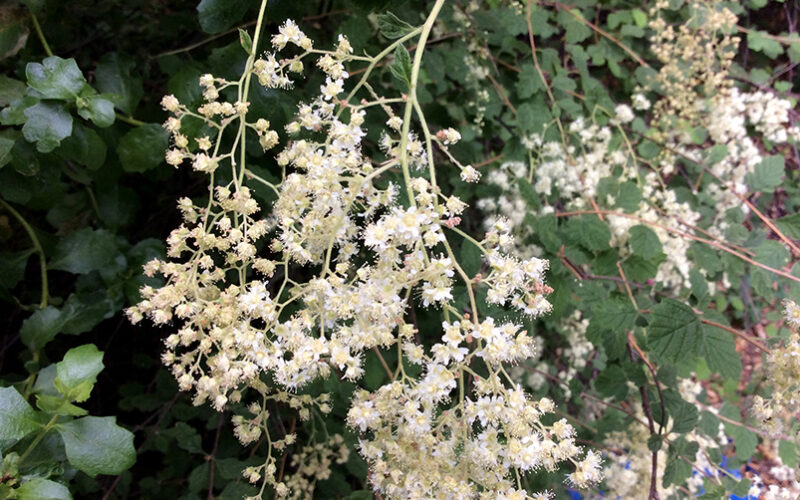
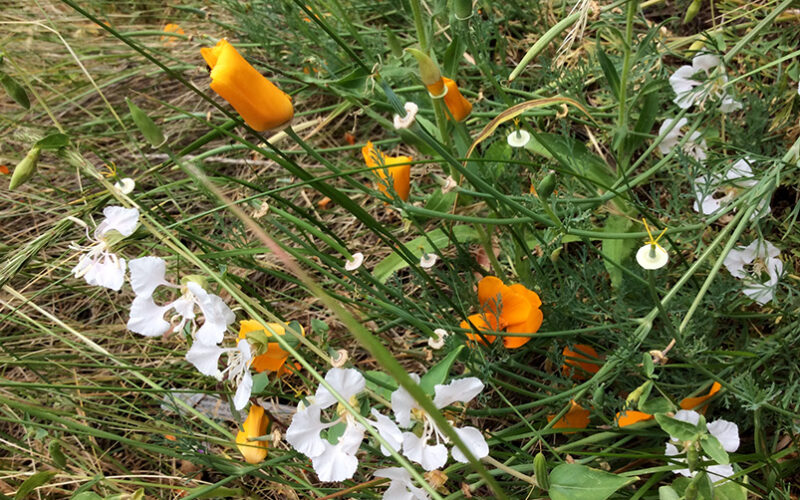
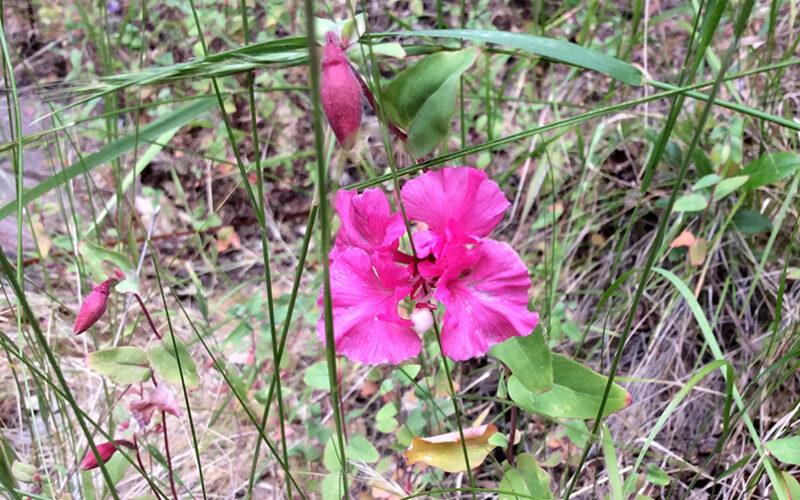
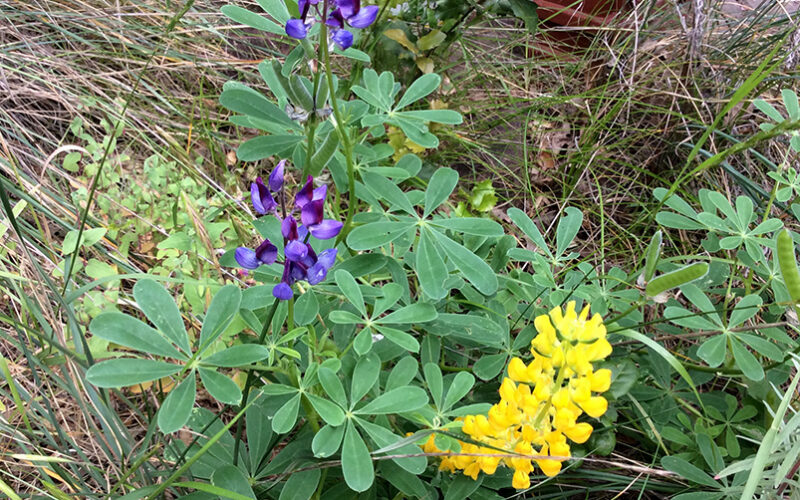
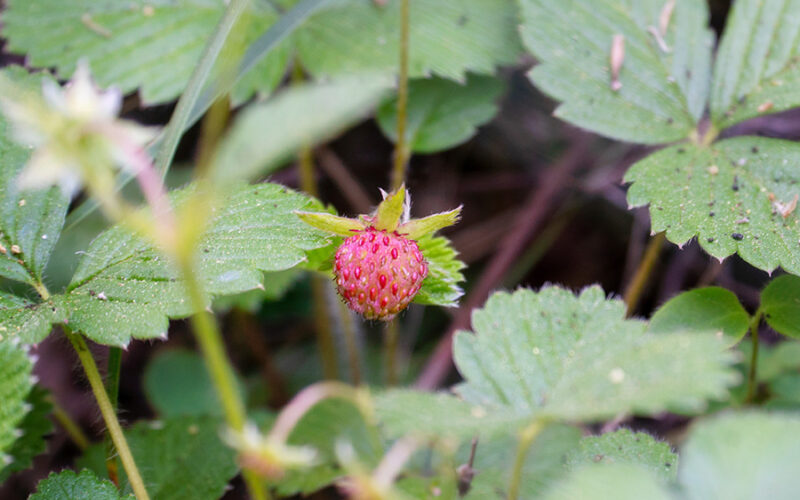
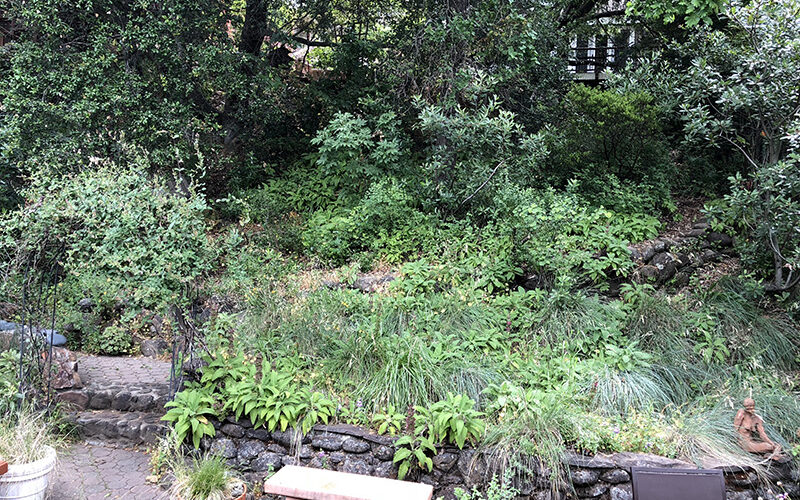
Plants in this Garden
Favorite Plants
Valley and Coastal Live Oaks
They support 100’s of other species.
Hairy Honeysuckle - Lonicera hispida
A ubiquitous Marin groundcover.
Polypody Ferns
They mark the season, provide order and carpet the hillside.
Toyon
I has beautiful red winter berries.
Manzanita - All Types
It has first-of-the-year tiny bell-shaped flowers and stunning bark color.
Recommended Resources
Gardening Tips
All Plants Have A Niche
I’ve gardened in stages. I have had limited success when I go out and buy a bunch of plants and plug them in the soil. Each plant has a niche it likes and you have to figure out what that niche is. Sometimes plants will thrive in one place in the yard and not in others. I once planted 3 elderberries. Two quickly died, one took off. I have no answer why. There are clues you can read about, and you ask others about their experiences, but in the end, each plant makes its own decision despite you.
More Exotic Means More Care
Also, if you want, you can grow plants that need constant life-support – drip irrigation, soil amendments, pruning. If that’s what you want, go for it and you will be rewarded with greater plant diversity.
But it is humbling to think that our local natives thrive without those supports if you take the time to be a plant whisperer and let them do their thing. You will use less water and the results will not be disappointing.
Native Plant Low-Maintenance & Great Habitat
Native gardens are not, contrary to common belief, maintenance free. You have to deal with invasive plants. And given that we no longer have herds of large ungulates roaming around munching the undergrowth, and no 20 year fire cycles around our houses (hopefully) to reduce growth, even established natives need to be managed. You will have to thin frequently, pull excessive volunteer trees, clear paths of intrusive grasses and vines, and maintain fire margins around your house. But the rewards are the birds and wildlife your garden will attract, a better understanding of the Bay Area’s unique ecosystems, and the time you enjoy being out in your own patch of nature assisting it.
